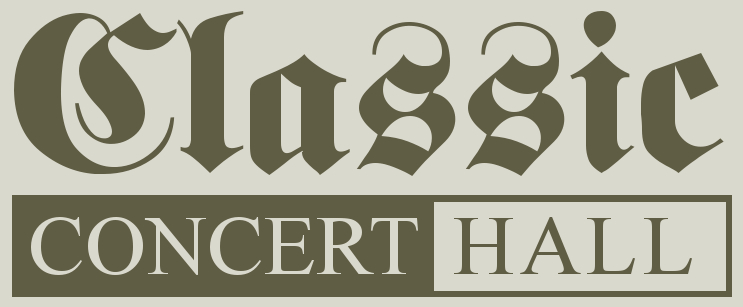|
Comments (4)
Comment on this music
Login/Register to post a comment.
|
Underwater Adventure
Uploaded by: adri
Composer: improvisation Organ: 1766 Riepp Dreifaltigkeits Organ, Ottobeuren, Germany Software: Hauptwerk VII Views: 73
In dulci jubilo
Uploaded by: wolfram_syre
Composer: Walther, Johann Gottfried Organ: 2012 Metzler, Poblet Abbey, Spain Software: Hauptwerk IV Views: 46
Concerto (1740)
Uploaded by: swiberg
Composer: Walther, Johann Gottfried Organ: 2012 Metzler, Poblet Abbey, Spain Software: Hauptwerk IV Views: 93
|
Uploaded by:
|
Scheufele-Leidig (11/27/19)

|
|
Composer:
|
Bach, J. S. 
|
|
Sample Producer:
|
OrganArt Media 
|
|
Sample Set:
|
2012 Metzler, Poblet Abbey, Spain

|
| Software: | Hauptwerk IV |
| Genre: | Baroque |
| Description: | During his last years, Bach explored the limits of contrapuntal possibilities. As a contribution to the Leipzig music scholar circle "Mizler'sche Sozietät" he presented in 1748 five "Canonical Changes" on "Vom Himmel hoch," which he revised just before his death by changing the original row and put the third movement now to the end: The result was a new central symmetry instead of an order of enhancement before.
In the first two trio settings, two manual parts are playing an octave canon respectively quint canon above the quit pedal melody line. The third movement reflects in two upper voices each part of the melody line over a free bass and changes by voice exchange from the sixth to the third canon. Two sub-voices repeat this structure as second or none canon, complemented by a virtuoso soprano line. In the most effective final enhancement ("Stretta") the melody lines are heard simultaneously in different tempi. The fourth canon ("cantabile") consists of two sub-voices in the seventh-pitch; a free alto accompanies the soprano cantus firmus, composed in quiet halves. The last variation carries out the octave canon by harmonisation of two middle voices, guided parallel in simple (soprano) and half speed (bass). At the end Bach adds the notes “b-a-c-h” as his musical signature.
Naturalness sound and contrapuntal mastery, combined with the forms of canon and chorale, creates this incomparable quality of Bachs impressive and magnificent organ work. |
| Performance: | Live |
| Recorded in: | Stereo |
| Playlists: |
|
|
Options:
|
 Sign up today to download piece. Sign up today to download piece.
 Login or Register to Subscribe Login or Register to Subscribe
 See what Scheufele-Leidig used to make this recording See what Scheufele-Leidig used to make this recording
|
|
|


 Sign up today to download piece.
Sign up today to download piece.
 See what Scheufele-Leidig used to make this recording
See what Scheufele-Leidig used to make this recording